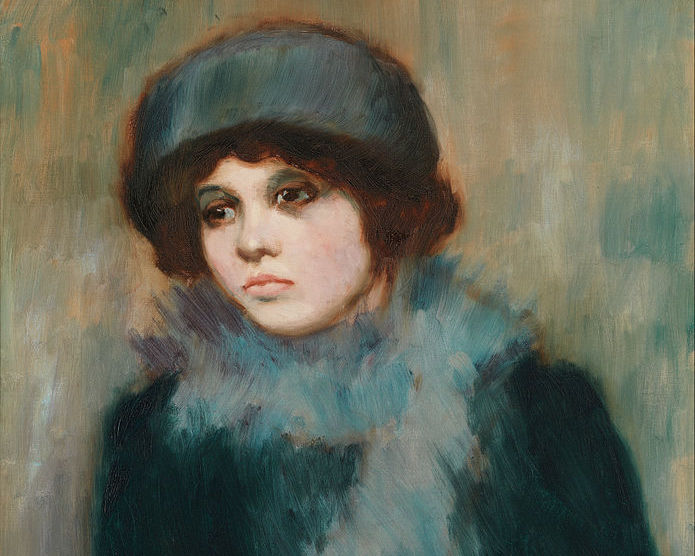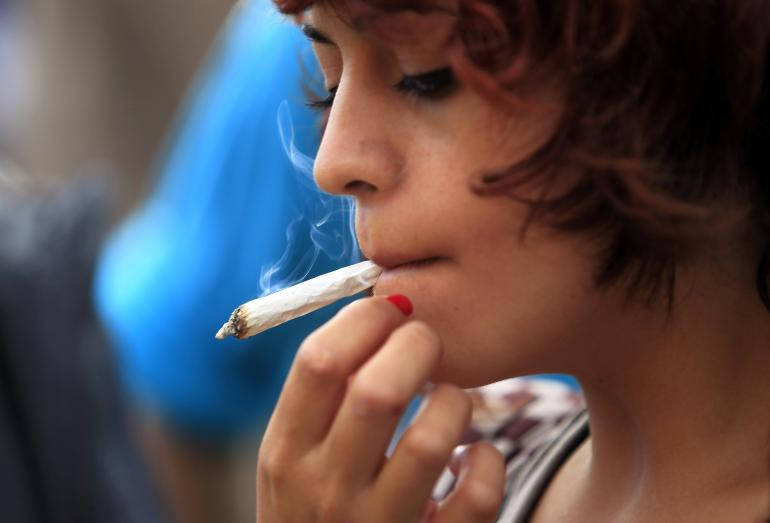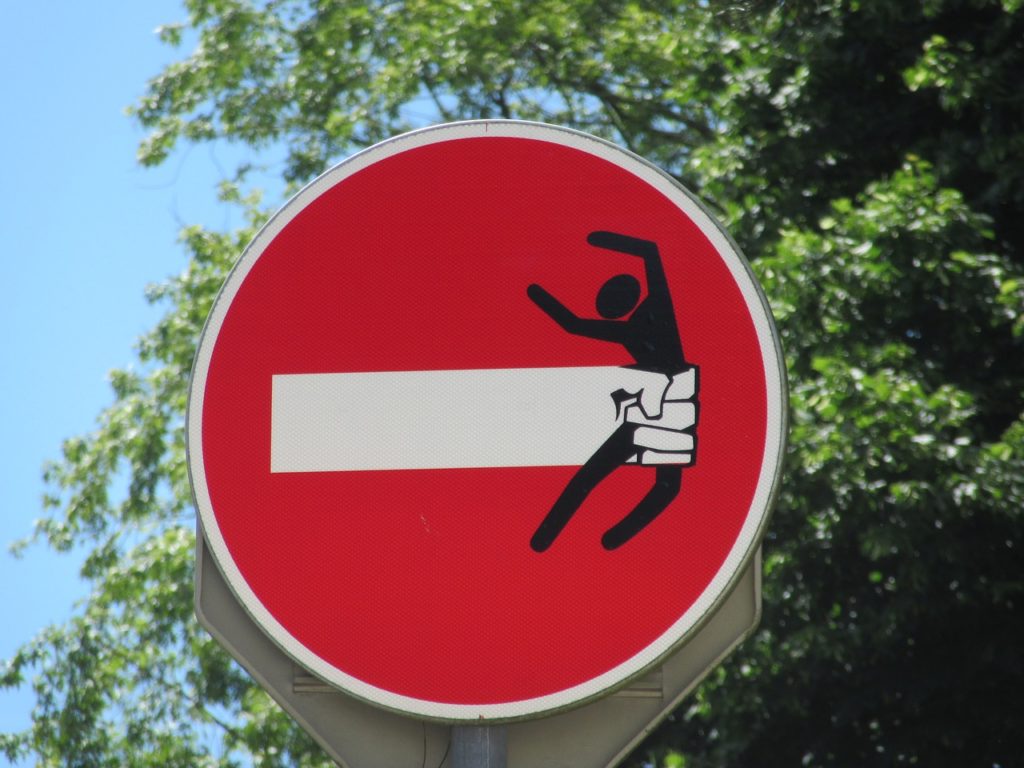
We know far more about the impact of cannabis on men than women, particularly the relationship between cannabis and psychosis.
In part this can be traced back to a seminal study which had an all-male sample of Swedish conscripts (Andréasson et al, 1987). There are clear benefits with large-scale longitudinal studies that provide intermittent reports on the cohorts they are tracking. A huge sample size means lots of power to investigate effects, and because conscription was mandatory in Sweden at the time, the sample includes almost all the men of that age in the country, meaning it’s likely to be highly representative, but only of men; as the cohort was male we clearly miss any gender-specific intelligence.
Perhaps this has skewed the whole field towards thinking of this as a problem for men. The study by Andréasson et al was the first paper to investigate links between cannabis and psychosis in a rigorous design, and has seemingly set the course of research over the decades that followed (Hamilton, 2017). This is not uncommon in the field of drug research, where there is a broader problem of systematic inattention by researchers to Women and Drugs.

The seminal Swedish conscript study (Andréasson et al, 1987), which established a link between cannabis and psychosis, did not include any women.
Cannabis continues to be a popular drug in the UK and globally. Recent surveys report that men are more likely to use cannabis than women, with a gender ratio of approximately 2:1.
Although there is some disagreement about the differences in prevalence and disease profile for psychosis, the gender ratio for those entering early intervention services for non-affective psychosis is similar to that for cannabis use, i.e. 2/3 men to 1/3 women. Psychosis appears to have earlier onset in men and, likely relatedly, a longer period of untreated symptoms compared to women.
Although cannabis use and psychosis are more common in men, understanding the potential risk of cannabis use to women’s mental health is clearly extremely important so it is good to see a new paper by Crocker and Tibbo (2018), which reviews what we know about the interplay between cannabis, gender and psychosis. Their review focuses on what is known about early phase psychosis.

The new review by Crocker and Tibbo (2018) looks at the potential risk of cannabis use to women’s mental health, focusing specifically on early phase psychosis.
Results
Although men and women both experience poorer clinical outcomes if they use cannabis, the evidence in the review suggests it is women who are disadvantaged over their male peers:
- The review points to the phenomenon of telescoping as an important factor where women accelerate from initiating cannabis use to developing problems at a faster rate than men
- There are also some reported differences in the way women respond to cannabis such as needing a lower dose to get high, being more likely to feel dizzy and experiencing more profound withdrawal symptoms.
Cannabis and psychosis: gender-specific themes
Moving onto the specific relationship between cannabis and psychosis the authors identified some gender-specific themes:
- At the point of first treatment contact women are less likely than men to be dependent on cannabis, but after one year of treatment they are less likely than men to have reduced their dependency.
- Women who use cannabis appear in treatment up to six years earlier than those that don’t.
- Although the authors could find no studies exploring treatment outcomes they provide insights from their own research that suggest women are at greater risk of relapse and admission to hospital.
At this point the authors briefly consider the role of hormones and dopamine, however this discussion is based on animal studies so offers little value currently in terms of practice. It is also worth noting that the role of dopamine in drug use is contested (Nutt et al, 2015); a further reminder of how little we know about the neurobiology of drugs and mental health.

At the point of first treatment contact women are less likely than men to be dependent on cannabis, but after one year of treatment they are less likely than men to have reduced their dependency.
Limitations
As the authors point out, a number of their findings are based on few or single studies. Also, a lot of the papers included in their review either focus on substance use, or on early phase psychosis, and therefore a general limitation in research on this topic is the exclusion criteria used, which sees people who use substances excluded from research into mental health and people with mental health problems excluded from addiction research. This clearly limits our understanding of problems like the interplay between cannabis use and risk of psychosis.
The authors also rightly highlight that people rarely use just cannabis and that a range of other drugs including alcohol complicate the picture and make any direct links between a single drug and psychosis difficult to assert.
And of course a big limitation is the skew in the literature: it’s harder to know about the impact of problematic cannabis on the course of early phase psychosis in women simply because it has been researched less. As the authors conclude:
More work is needed on this less studied patient population.

Excluding people who use drugs from mental health research, or people with mental illness from addiction research, really limits our understanding of the relationship between cannabis and psychosis.
Conclusions
Overall the evidence suggests that for some women using cannabis increases the risk of developing psychosis. But our intelligence on this topic is crude as we don’t really know which women are at risk and can’t target or focus efforts on reducing this risk for a particular sub-group. We know that outcomes for women are worse, but we don’t know why. A truly humbling reminder of how little we know, but with an increasing number of countries opening up access to cannabis through new regulatory frameworks there is an urgent need to fix our ignorance.

Many countries are changing the law to make cannabis more freely available, so there are clearly opportunities for researchers to improve our knowledge about cannabis and psychosis.
Links
Primary paper
Crocker CE, Tibbo PG. (2018) The interaction of gender and cannabis in early phase psychosis. Schizophr Res. 2018 Apr;194:18-25. doi: 10.1016/j.schres.2017.04.046. Epub 2017 May 12. [PubMed abstract]
Other references
Andréasson S, Engström A, Allebeck P, Rydberg U. (1987) Cannabis and schizophrenia: a longitudinal study of swedish conscripts. The Lancet, Volume 330, Issue 8574, 1987, Pages 1483-1486 doi.org/10.1016/S0140-6736(87)92620-1.
Hamilton, I. (2017) Cannabis, psychosis and schizophrenia: unravelling a complex interaction. Addiction, 112: 1653–1657. doi: 10.1111/add.13826.
Nutt DJ, Lingford-Hughes A, Erritzoe D, Stokes PRA. (2015) The dopamine theory of addiction: 40 years of highs and lows. Nature Reviews Neuroscience volume 16, pages 305–312 (2015) doi:10.1038/nrn3939 [Abstract]
Photo credits
- Photo by Connor Limbocker on Unsplash
- [Public domain], via Wikimedia Commons
- Cannabis Culture CC BY 2.0
- By Sids1 (Cannabis Cannabus?) [CC BY 2.0], via Wikimedia Commons

[…] What do we know about women, cannabis and psychosis? [The Mental Elf] […]